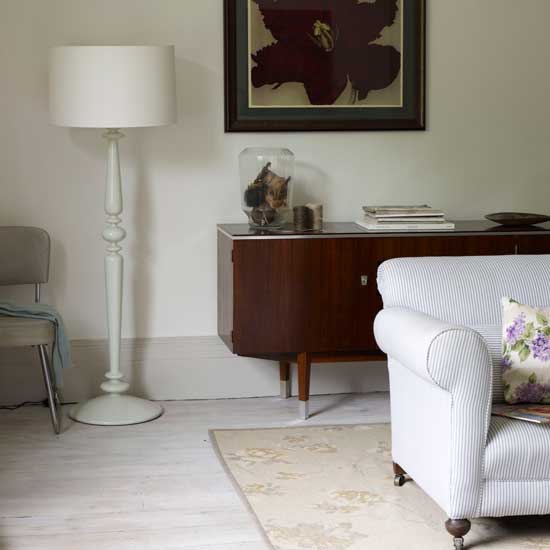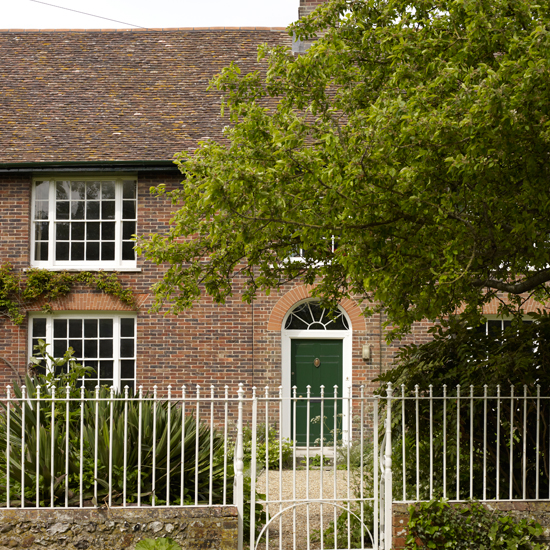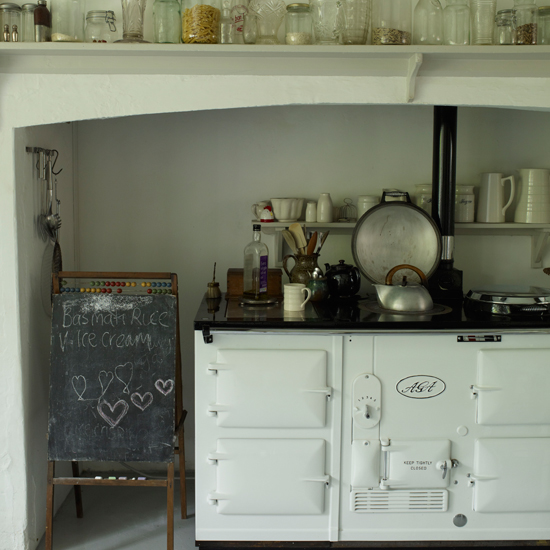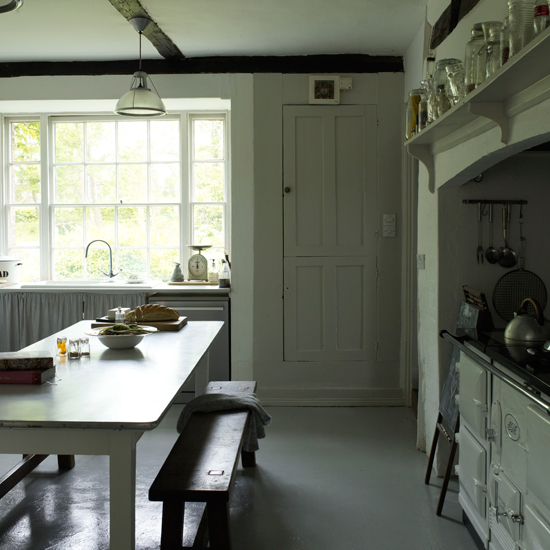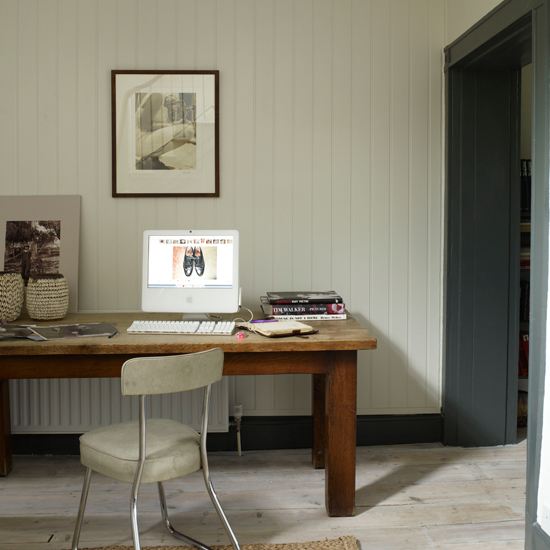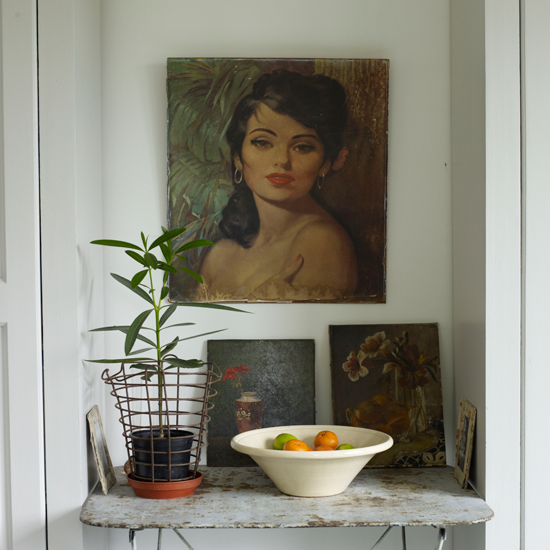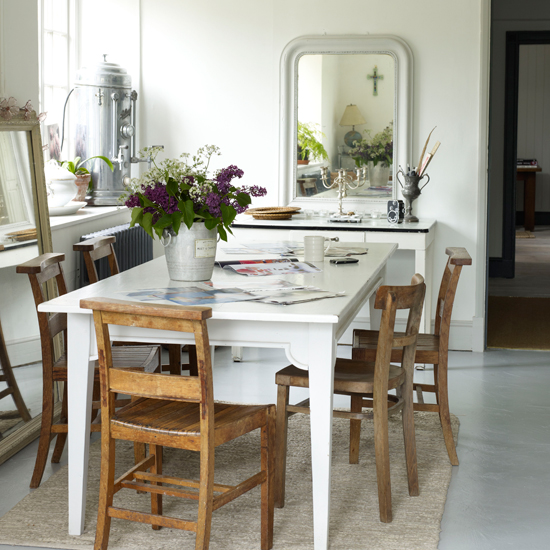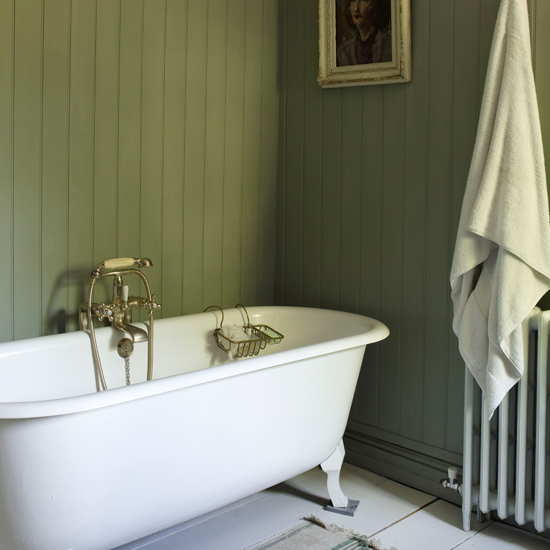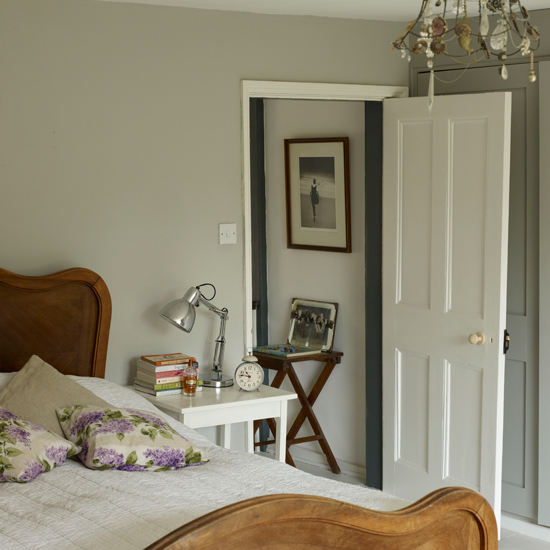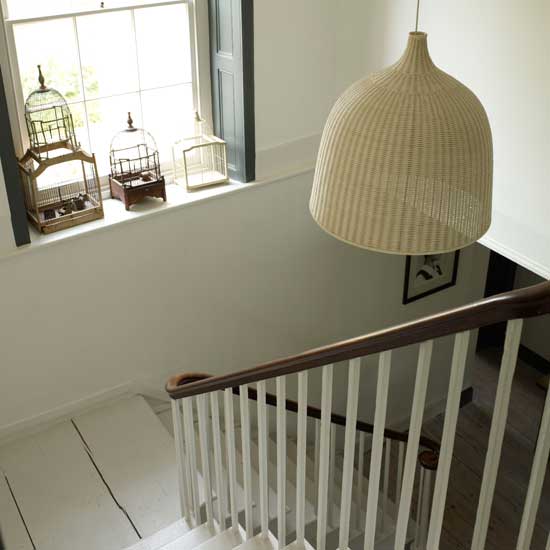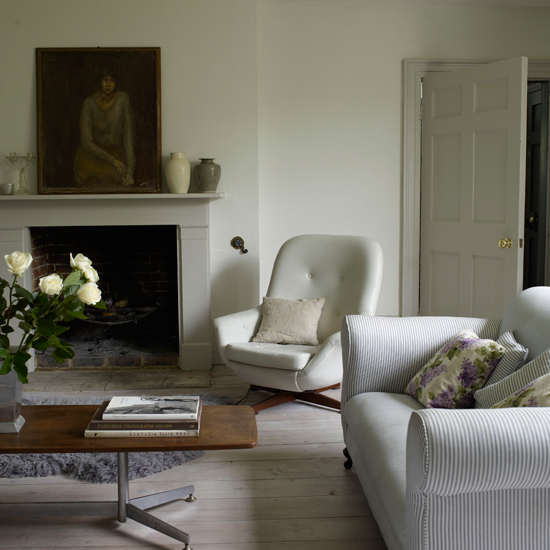Now is the perfect time to be putting the finishing touches to your seed order, whilst trying to fend off this ghastly weather; cosying up inside our homes, catalogues in hand, and ideally nestled beside a roaring fire with a glass of wine.
One of the best ways to make your dream garden a reality is to make sure that when the garden bug hits you...and it will...you're absolutely ready for some sowing action.
We can help you by sourcing products that make the whole process as easy and straightforward as possible: a real pleasure. For many of you, we know that storage is an issue so when we spotted this oiled beech Paper Pot Press, which removes the pricking out and potting on stages, we knew you would love it as much as we do.
The Paper Pot Press avoids the need for endless plastic pots and trays, by letting you create your very own mini-pots out of newspaper which can be planted out directly. And because newspaper is biodegradable, the pots simply rot away in the moist earth - minimising any root disturbance and generally upping your plants' life expectancy.
Today, we're going to demonstrate, step-by-step, just how easy the Paper Pot Press is to use.
You will need:
One of our Paper Pot Presses
Newspaper (or similar biodegradable, thin paper)
Compost
Seeds
Cut out a strip of your chosen paper, roughly 40cm by 16cm.
Fold the strip in half along the length....
...and roll the paper around the Paper Pot Press, with the fold along the top of the cylinder.
Holding the rolled paper, scrunch the overhanging excess under the bottom of the press.
Align the top part with the base of the press. Push down firmly and twist to 'seal' the paper pot base.
Carefully slide off your brand new pot.
Fill with soil and your chosen seeds, gently water....
...and watch your flowers grow.
{You have our permission to feel very smug indeed.}






























